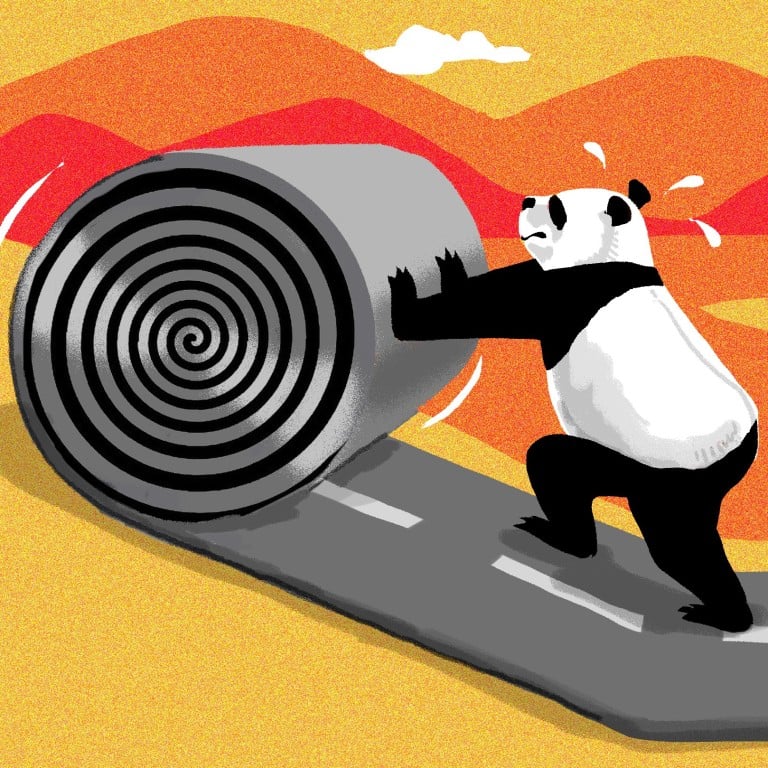
The strengths and pitfalls of China’s Belt and Road Initiative, six years in
- The belt and road is changing shape, making inroads into Europe, the Pacific and Latin America. Beijing is increasingly willing to fund projects that symbolise the country’s resurgence, but it should be wary of using economic might to sway policy
Second, the plan has great flexibility. To date, there has been no definitive accounting of which projects fall under or outside the plan. Such flexibility allows participating countries to assure their people that cooperation with China enables them to accomplish part of their national infrastructure plans without compromising national priorities in terms of project selection and funding.
However, states without clear, coherent national connectivity plans and a limited pool of external partners are more vulnerable to external interference. Host countries also argue that although China is a big player in infrastructure, it is not the only one and they still have discretion in choosing partners for identified projects.
Third, the belt and road plan is expanding beyond Eurasia and Africa. The attendance of leaders of Italy, Spain, Switzerland, Fiji, Argentina and Chile in the first Belt and Road Forum in 2017 speaks of how the plan is making inroads into western Europe, the Pacific and Latin America. Ministers from Australia, Brazil, Finland, Germany, New Zealand and Britain also attended the first summit.
China’s rise as Latin America’s second-largest trading partner and expanding aid footprint in the Pacific is expected to generate greater interest in the strategy among these countries. Although concerns about Washington’s reaction may slow Beijing’s overtures to the United States’ backyard, such hesitation may diminish if the trade dispute intensifies.
Fourth, there is growing interest in funding projects that are symbolic of China’s global resurgence. Two Chinese-built railways in Africa run parallel to European-built railways dating back to the colonial era. The Addis Ababa-Djibouti railway runs alongside the French-built Ethio-Djibouti line, which is now in limited service, while the Nairobi-Mombasa railway runs parallel to the now-defunct British-constructed Uganda line.
Nonetheless, while such actions surely do not help China’s image, ownership or control does tie the Chinese in, and commit them to turning projects around. However, whether China’s template for economic zones and industrial parks with good access to ports and railways will also be successful in other countries remains to be seen, but there might be management lessons to learn.
How long this optimism can continue, given the weaker global shipping demand, remains to be seen. But this shows the appeal of state capital to countries or projects beneath the radar of commercial banks or Western-led lending institutions.
The Belt and Road Initiative will unmistakably expand China’s influence. And with Beijing’s enormous economic wherewithal, it will be tempting to use economic tools to sway policies of participating countries. However, doing so will only spoil these countries’ appetite for exposure to China, because they will worry about the consequences should relations turn sour.
Lucio Blanco Pitlo III is a research fellow at the Asia-Pacific Pathways to Progress Foundation, a lecturer on Chinese Studies at Ateneo de Manila University and contributing editor (reviews) for the Asian Politics & Policy Journal. He also sits on the Board of the Philippine Association for China Studies

